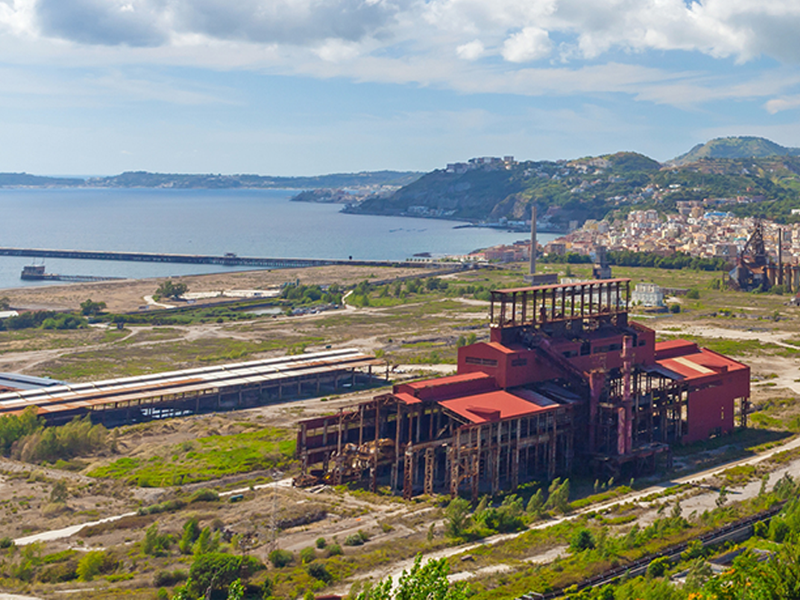Bagnoli Project

Bagnoli Project
THE PROJECT
The Bagnoli Project is the most relevant environmental remediation and urban regeneration operation in Italy, and one of Europe’s most important operations.
The project is governed by a special regulation (art. 33 of Italian Decree-Law no. 133/2014 and subsequent amendments and integrations) which declares the Bagnoli site “Area of Significant National Interest” (Area di Rilevante Interesse Nazionale, ARIN) due to the conditions of extreme environmental deterioration in which it exists and provides for the approval and implementation of an Environmental Remediation and Urban Regeneration Programme (Programma di Risanamento Ambientale e di Rigenerazione Urbana, PRARU).
The goals of the PRARU are:
- reclamation and environmental restoration of the land and marine areas
- construction of infrastructure within the site
- urban regeneration of the area
The following are involved in the project’s governance:
- an Extraordinary Government Commissioner, identified in the pro tempore mayor of the Municipality of Naples, who ensures the control and supervision of administrative processes and procedures;
- an implementing entity that owns the areas, identified in Invitalia, with the task of implementing the PRARU and performing the function of contracting station;
- a Steering Committee, chaired by the Minister for European Affairs, Cohesion Policies and the NRRP, with the function of guiding the redevelopment of the area and institutional coordination.
THE SITE
The site of Bagnoli is an exciting and unique place, characterised by an extraordinary landscape on the sea with a view overlooking the islands of Procida, Ischia and Capri, the island of Nisida and the hill of Posillipo.
Until 1910, the year of the inauguration of the steel factory, Bagnoli evoked exclusively rural, marine or thermal spa images due to the predominantly agricultural and tourist use of the area. The construction site would rapidly change its appearance: it would become an opportunity for redemption for Naples from an economic and social point of view, but at the same time, it would have irreparable impacts on the environment and on health.
In 1992 the plant closed its activity, starting the process of transforming the abandoned area into a new urban district capable of attracting visitors from a vast territorial basin.
Incentive or tool status
Active
Incentive or tool status
Active